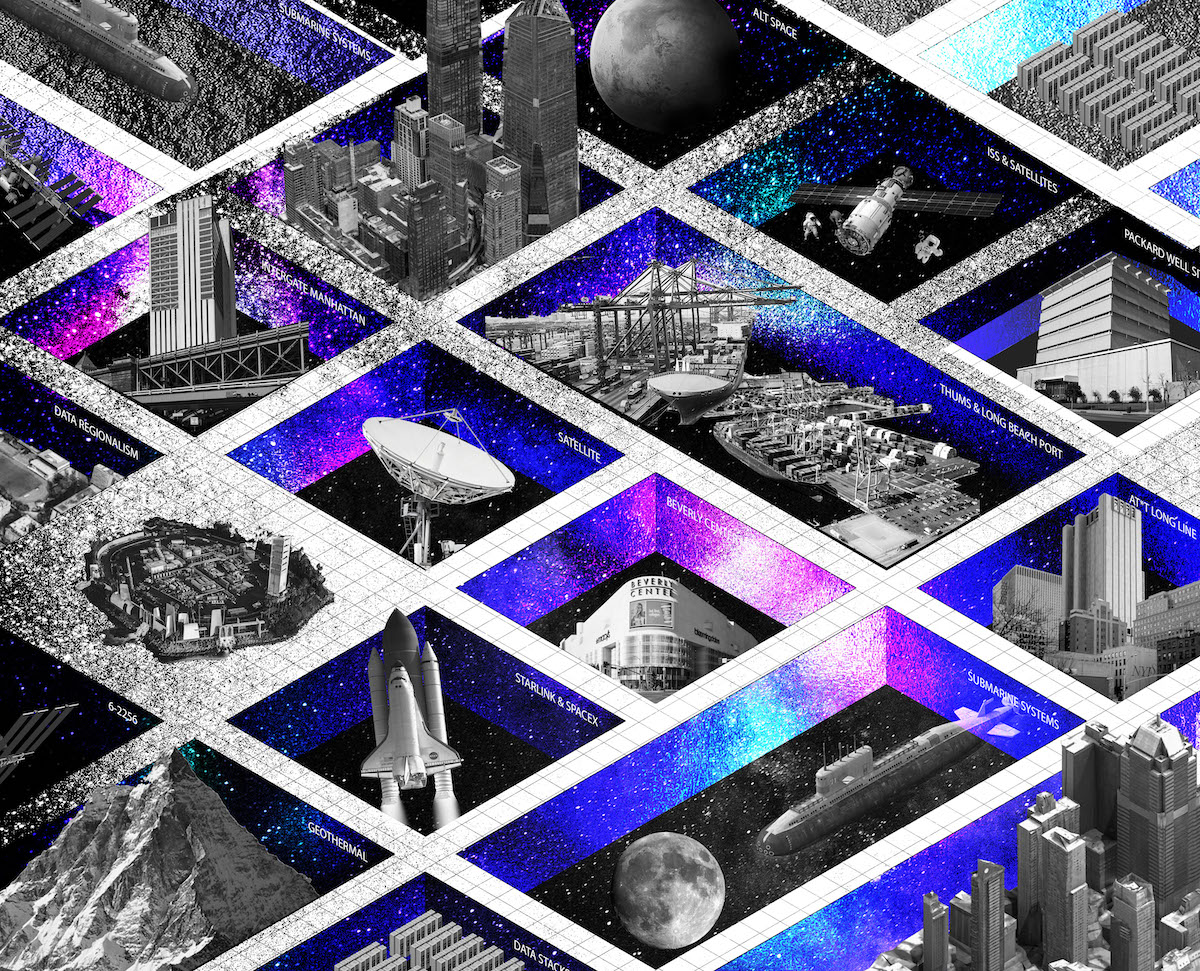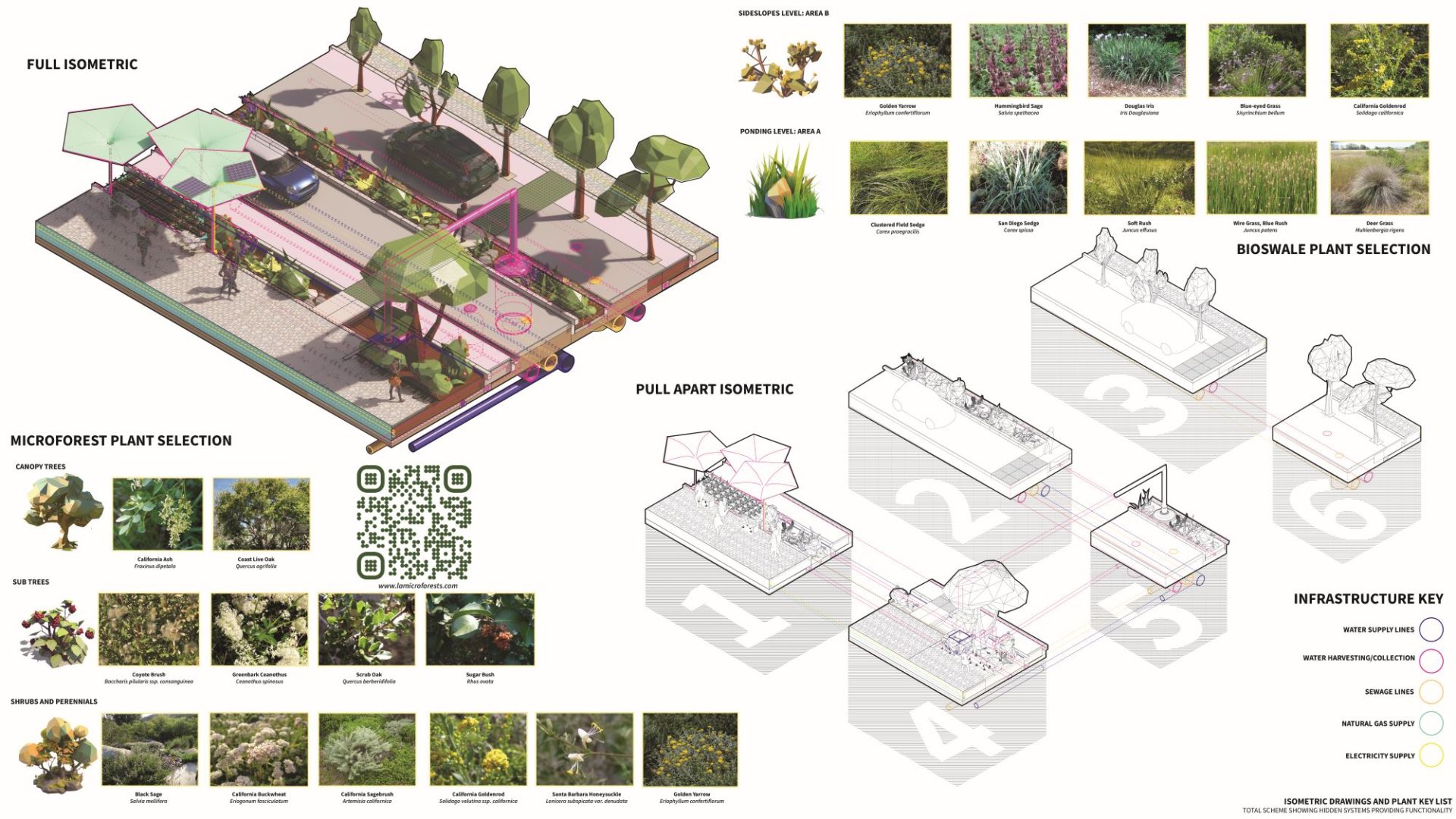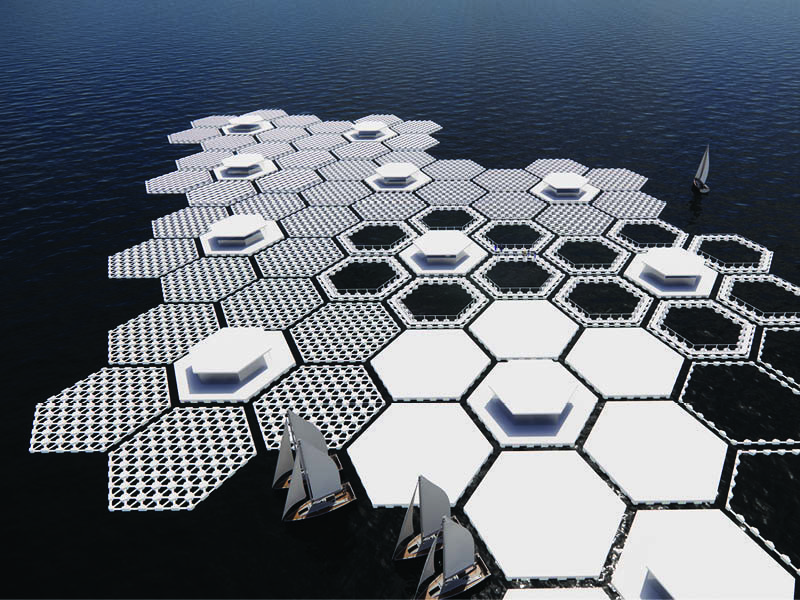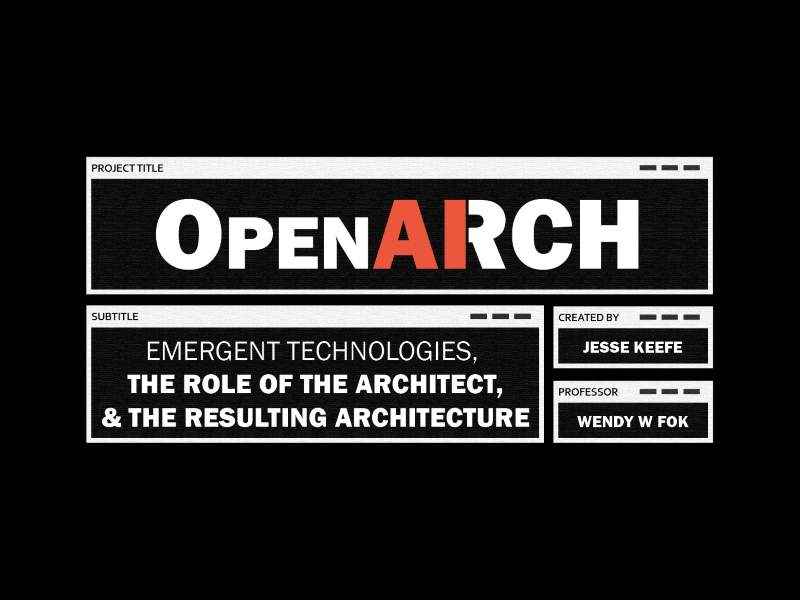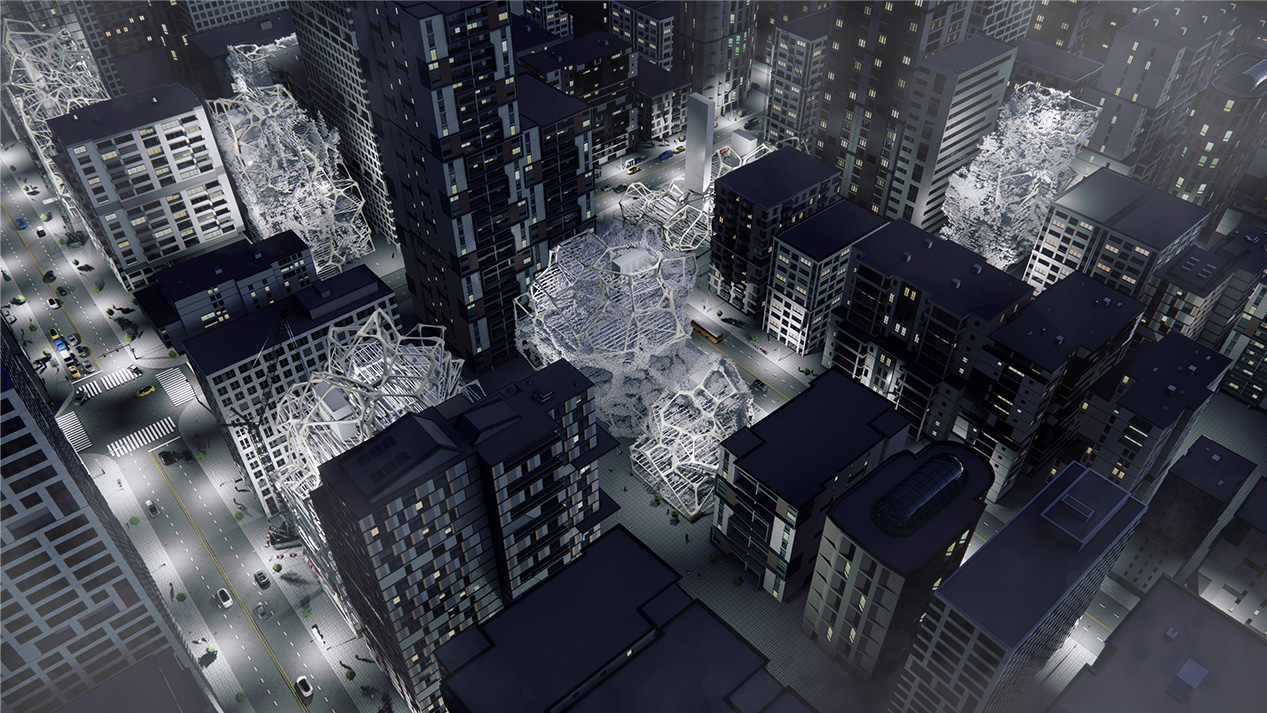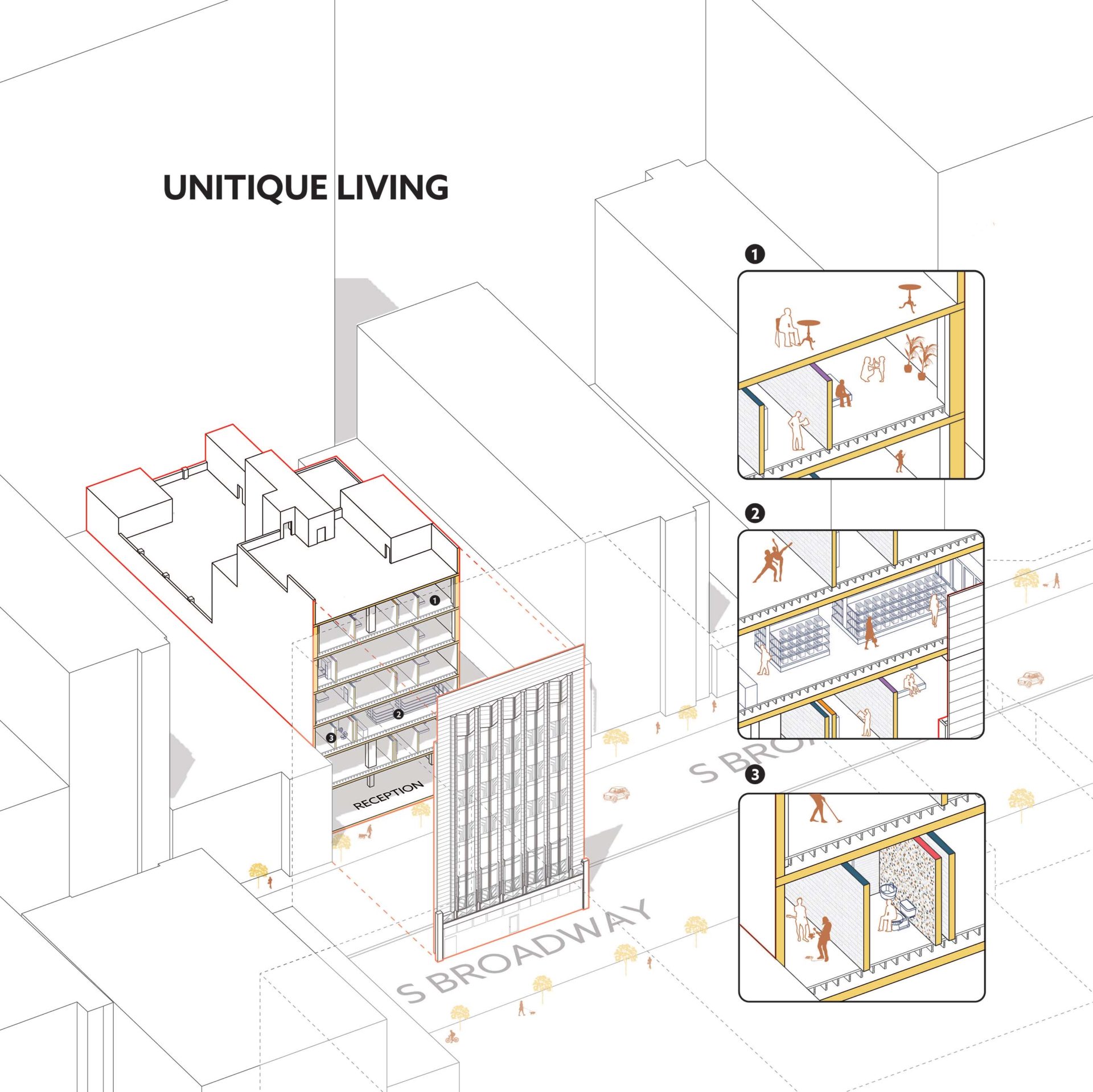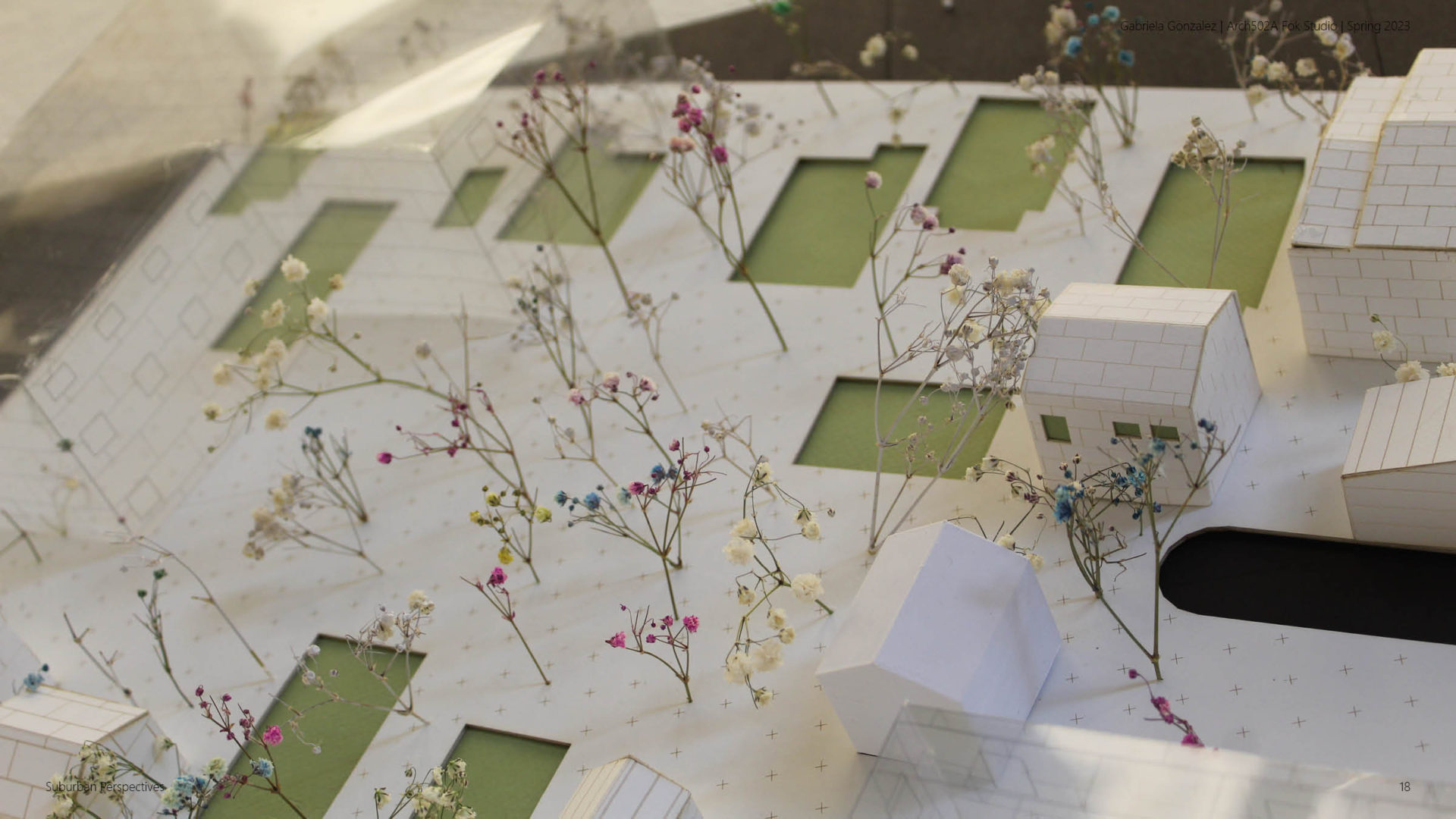FULL [Converted]1 DRAWING PRINT1 – Natalie Haub
If the World Were Only City
Design is limited to above ground thinking, neglecting the cyclic/networked nature of the soil, root systems, natural aquifers, and ecosystems. This neglect has lead to the many climate related issues…
Project Cover Photo-min – Yihan Wang
Aqua Link
This project proposes an innovative, modular floating structure designed to mitigate the effects of sea level rise on coastal communities and ecosystems, utilizing recycled plastic waste and 3D printing technology…
502a_WendyFok_JesseKeefe_CoverPhoto – Jesse Keefe
OpenARCH
This project implements parametric design and visualization tools powered by artificial intelligence to assist with the ongoing master planning of mixed-use, affordable workforce housing in the Marinship District in Sausalito,…
Thumbnail – Thomas Wang
Limits of Nature
In architecture’s current stride toward an environmentally sustainable built future, the contemporary human-led top-down design approach is subject to exploitation and error, undermining the path to a truly sustainable future…
EXPO – Emily Huang
UNITIQUE LIVING
Tenants from DTLA are spending 50% of their income to live in a city with a severe housing crisis, and having more luxury apartments under construction is not solving the…
ARCH502A_WendyFok_GabrielaGonzalez_CoverPhoto – Gabriela Gonzalez
Suburban Perspectives
Current expectations for the modern suburb are marketed as beneficial by corporations, encouraging the use of new city planning techniques for denser housing. Lobbying for upzoning promises increased affordable housing…

